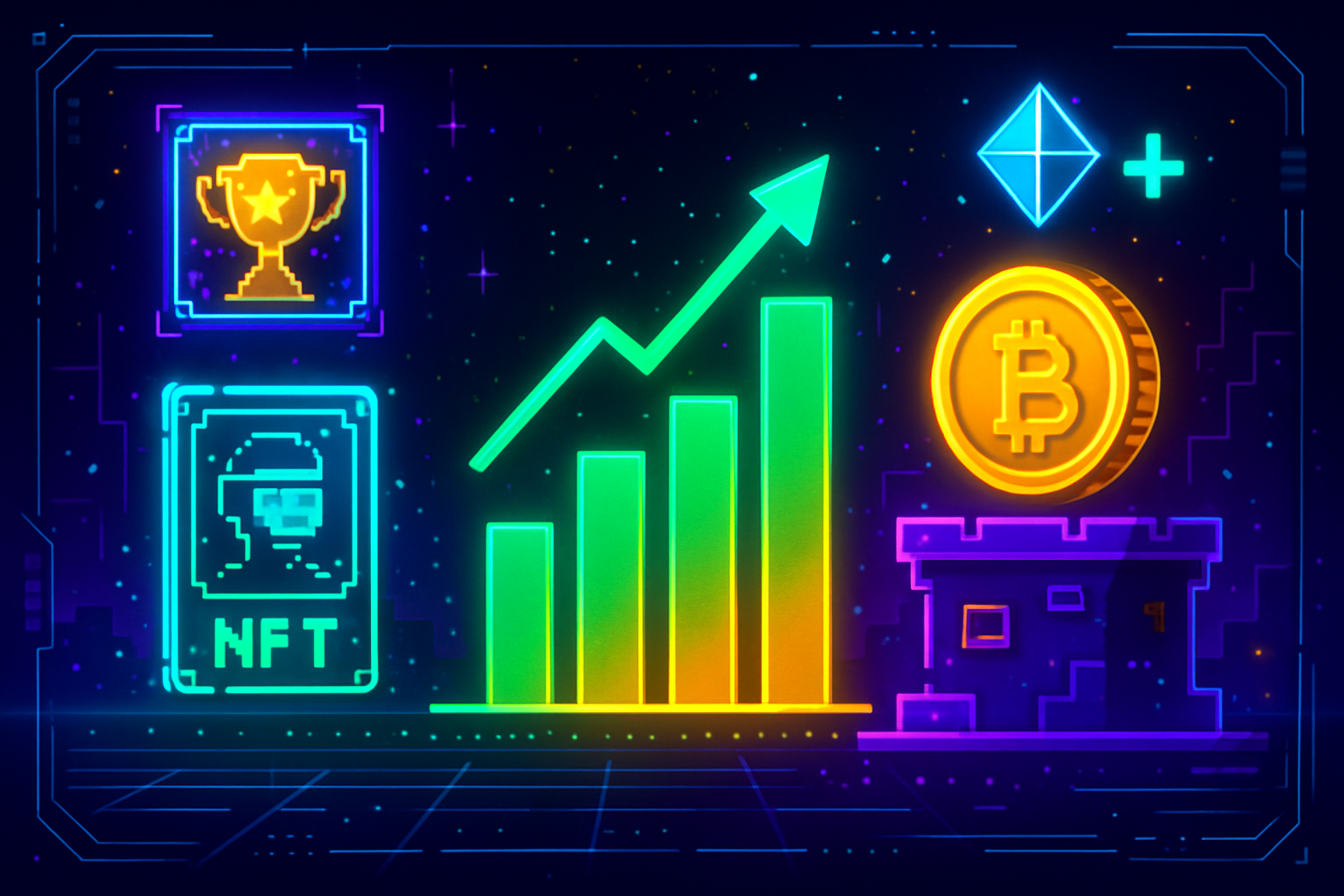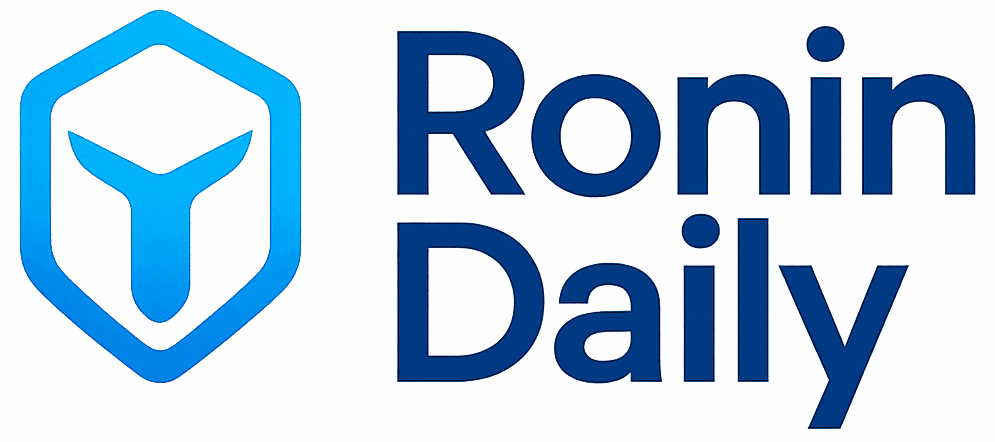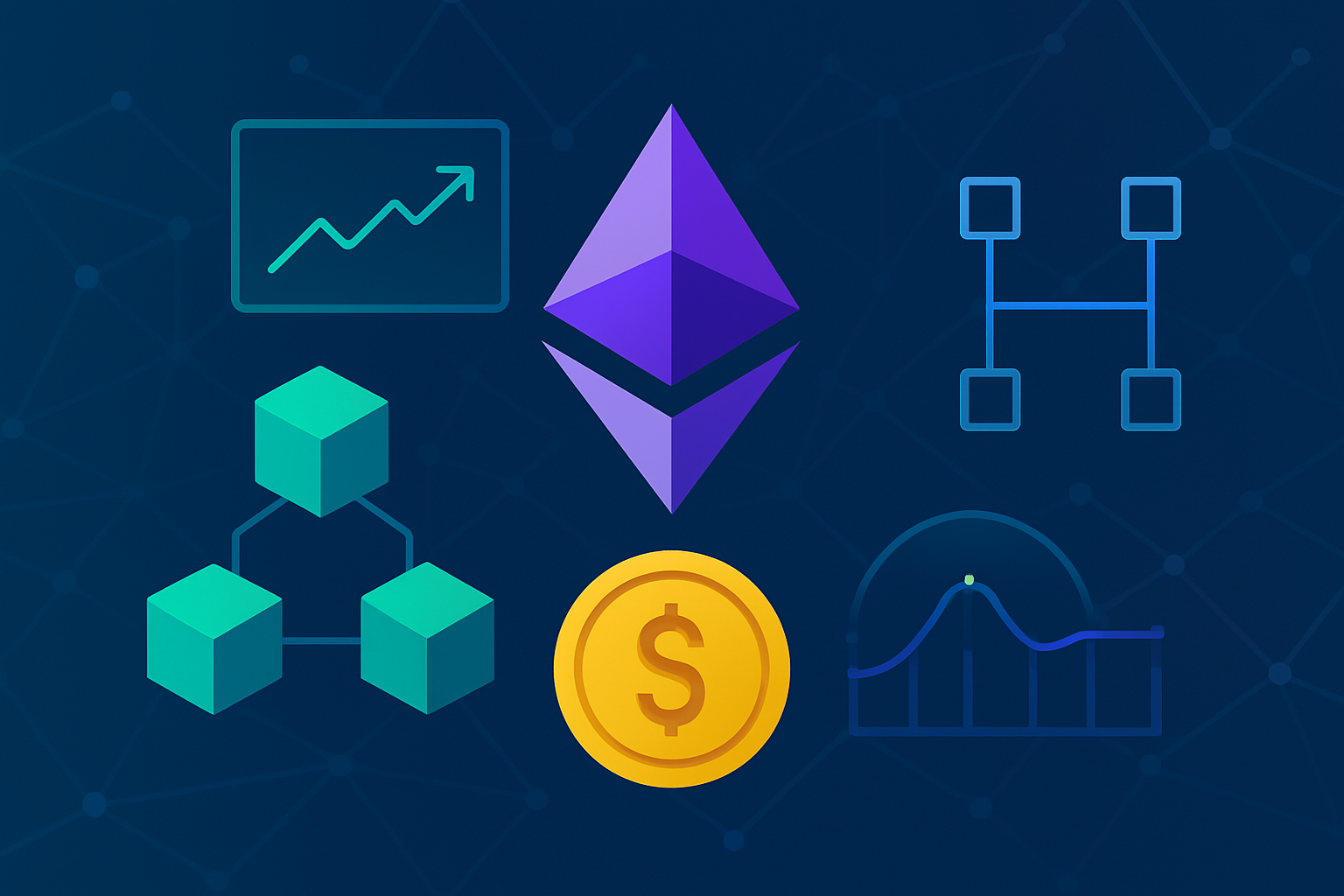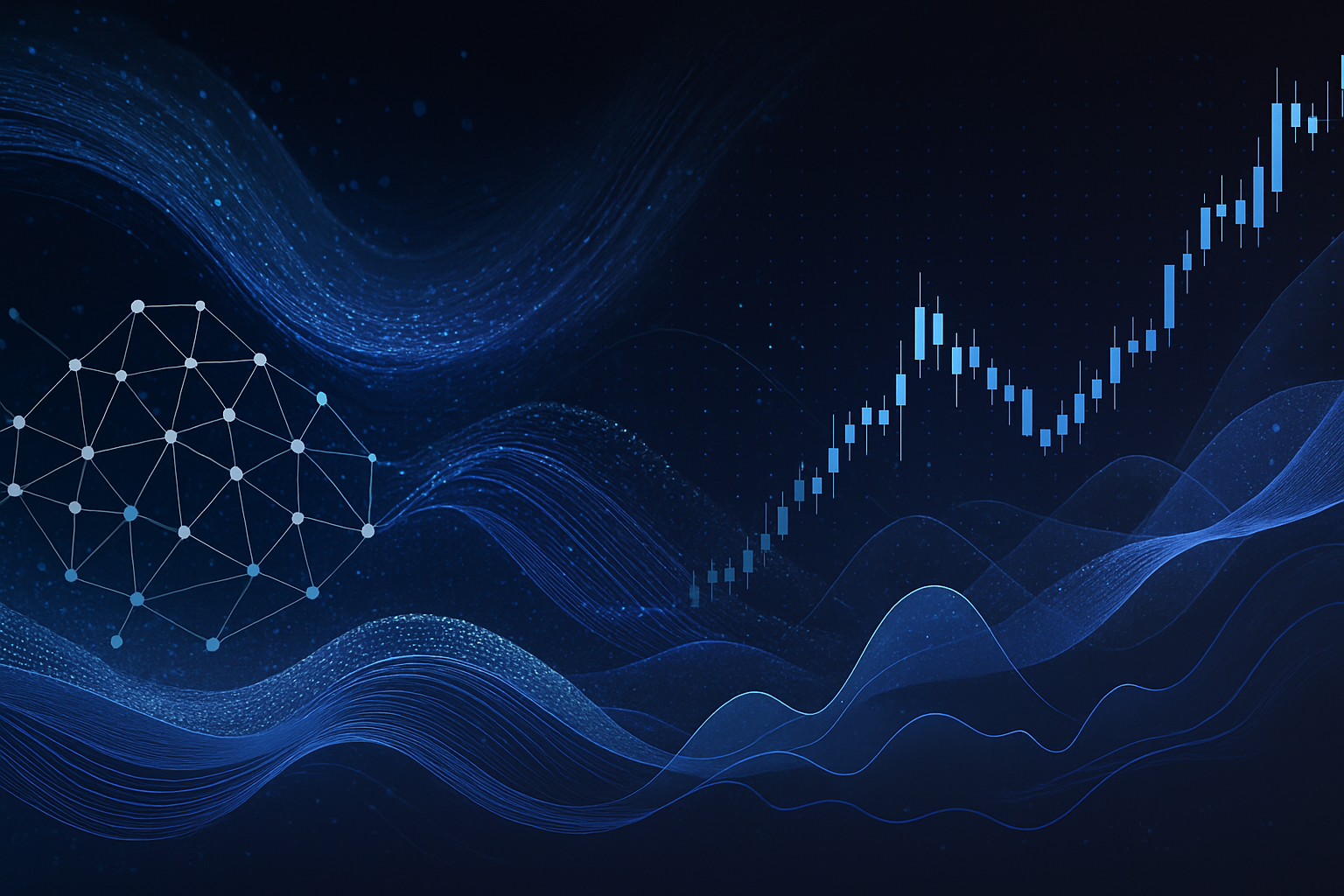
In 2025, the blockchain industry is experiencing a pivotal shift as execution bottlenecks threaten to stall mainstream adoption. Ronin Network, once known for powering Axie Infinity as a standalone sidechain, is now at the forefront of this transformation. By embracing Ethereum Layer 2 (L2) rollup technology, Ronin aims to resolve the persistent challenges of scalability and performance that have long plagued high-demand decentralized applications, especially in gaming.

Ronin’s Strategic Migration: From Sidechain to Ethereum L2
The Ronin network’s evolution is emblematic of a broader industry trend. As multiple Layer 1 chains like Celo and Cronos pivot toward L2 architectures, Ronin’s migration stands out for its timing and ambition. The transition, scheduled for completion between Q1 and Q2 of 2026, will see Ronin leveraging the Optimism OP Stack, a proven framework that bundles transactions off-chain before posting compressed data onto Ethereum’s mainnet.
This approach addresses two critical pain points: transaction throughput and cost efficiency. By processing transactions off-chain and reducing on-chain data commitments, Ronin expects to achieve substantial improvements in both speed and affordability. This is especially crucial for gaming ecosystems where user experience hinges on near-instantaneous settlement and minimal fees.
The latest market data underscores growing confidence in this strategy. As of today, Ronin (RON) trades at $0.2649, reflecting cautious optimism amid broader ecosystem upgrades. The network’s price stability suggests that investors recognize the long-term value proposition in addressing execution bottlenecks head-on.
Solving Execution Bottlenecks with Rollup Innovation
Execution bottlenecks have traditionally manifested as network congestion, high gas fees, and unpredictable transaction times, all symptoms of limited parallelization at the base layer. Rollups offer a paradigm shift by enabling large batches of transactions to be executed off-chain while maintaining security guarantees through periodic commitments to Ethereum.
Ronin rollups scalability 2025 is not just about raw throughput; it’s also about aligning with the latest technical standards. The recent Cerastes upgrade brought Ronin’s execution environment in line with Ethereum’s Shanghai and Cancun upgrades, introducing EIP-1559-style gas mechanics, predictable fee structures, and support for larger smart contract sizes (up to 32KB). These changes empower developers to build more sophisticated applications without being hamstrung by legacy constraints.
The result? A blockchain environment capable of supporting complex decentralized gaming economies, NFT platforms, and DeFi protocols, all while inheriting Ethereum’s robust security profile. For a deeper dive into how rollups address data throughput challenges specifically, see our guide on Ronin L2 Data Throughput.
The Security-Scalability Synergy: Why Gaming Needs L2s Now
The migration from isolated sidechains to Ethereum-secured L2s marks a watershed moment for Web3 gaming infrastructure. Historically, sidechains like early-stage Ronin offered speed but often sacrificed security due to smaller validator sets or custom consensus mechanisms. By contrast, integrating with Ethereum allows Ronin to inherit battle-tested security while delivering unprecedented scale, a combination that directly addresses both user trust concerns and developer ambitions.
This synergy is particularly relevant as player bases grow more sophisticated and demand seamless interoperability between games, DeFi protocols, and NFT marketplaces. Enhanced liquidity for in-game assets becomes possible when these assets can move frictionlessly across platforms secured by the same underlying trust layer.
If you’re interested in how parallel execution is unlocking new frontiers for blockchain scalability beyond just TPS metrics, check out our analysis on Parallel Execution in Ronin L2.
Beyond technical upgrades, the Ronin network is fostering a vibrant builder ecosystem. The introduction of a Proof-of-Distribution model signals a commitment to rewarding developers and long-term contributors who help shape the platform’s future. This incentive structure is designed to drive sustainable growth, ensuring that innovation doesn’t stall at the protocol level but flourishes across decentralized applications built atop Ronin L2.
For developers, this means lower barriers to entry and more predictable economics. With EIP-1559-style gas fee mechanics now in play, users and builders alike benefit from transparent fee markets and a base fee burn model that supports RON token value over time. The recent expansion of maximum smart contract size to 32KB further unlocks creative potential for game studios and DeFi innovators seeking to push technical boundaries.
Ronin Network Blockchain Performance: Real-World Impact
The real test of any scaling solution is its impact on user experience. Ronin L2’s migration is already setting new benchmarks for transaction speed and reliability in blockchain gaming. By bundling hundreds of transactions into single commitments, the network can process activity at a scale previously unattainable for standalone sidechains or congested L1s.
This performance leap isn’t just theoretical. Early data from testnet deployments show transaction finality times dropping well below one second, bringing Web3 gaming UX closer than ever to its Web2 counterparts. For players, this translates into frictionless gameplay, instant NFT trades, and real-time asset transfers, all underpinned by Ethereum-grade security.
The market seems to be taking notice: RON continues to trade at $0.2649, up and 0.8350% over the last 24 hours, with a high of $0.2692 and low of $0.2575 during the same period. This price resilience reflects growing confidence that Ronin’s approach to execution bottlenecks isn’t just hype, it’s delivering tangible results where it matters most.
Looking Ahead: The Roadmap for Scalable Web3 Gaming
The competitive landscape for Layer 2 solutions is intensifying as chains like Arbitrum, Optimism, Polygon zkEVM, and ZKsync all vie for developer attention in 2025. Yet Ronin’s laser focus on gaming gives it a unique edge: by tightly integrating with Ethereum while retaining custom optimizations for player experience, it offers both high throughput and seamless composability with DeFi and NFT platforms.
As more Layer 1 chains consider L2 migrations, following Celo, Cronos, and others, industry consensus is forming around rollups as the path forward for mainstream scalability without compromising core security guarantees. For those interested in how sub-second finality is achieved under the hood, see our deep dive on Ronin L2 Rollups and Sub-Second Finality.
The next twelve months will be decisive. As Ronin completes its migration through early 2026, expect both developers and gamers to benefit from an ecosystem where execution bottlenecks are no longer an existential threat but an engineering challenge being actively solved in real time.



